I have a data frame imported in excel with the following values:
> dt <- read.csv(file="teste1.csv",head=TRUE,sep=";")
> dt
hour occur time tt
1 1 one 00:00:59 59
2 2 one 08:40:02 31202
3 3 one 07:09:59 25799
4 4 one 01:22:16 4936
5 5 one 01:30:28 5428
6 6 one 01:28:57 5337
7 7 one 19:05:34 68734
8 8 one 01:57:47 7067
9 9 one 00:13:17 797
10 10 one 12:14:48 44088
11 11 one 23:24:43 84283
12 12 one 13:23:14 48194
13 13 one 02:28:51 8931
14 14 one 14:21:24 51684
15 15 one 13:26:14 48374
16 16 one 00:27:24 1644
17 17 one 15:56:51 57411
18 18 one 11:07:50 40070
19 19 one 07:18:18 26298
20 20 one 07:33:13 27193
21 21 one 10:02:03 36123
22 22 one 11:30:32 41432
23 23 one 21:21:27 76887
24 24 one 00:49:18 2958
25 1 two 21:01:11 75671
26 2 two 11:00:40 39640
27 3 two 21:40:09 78009
28 4 two 01:05:37 3937
29 5 two 00:44:17 2657
30 6 two 12:43:21 45801
31 7 two 10:53:49 39229
32 8 two 08:29:09 30549
33 9 two 05:07:46 18466
34 10 two 17:32:37 63157
35 11 two 09:35:16 34516
36 12 two 03:04:19 11059
37 13 two 23:09:13 83353
38 14 two 01:15:49 4549
39 15 two 14:24:33 51873
40 16 two 01:12:53 4373
41 17 two 21:20:11 76811
42 18 two 02:25:21 8721
43 19 two 01:17:37 4657
44 20 two 15:07:50 54470
45 21 two 22:27:32 80852
46 22 two 01:41:07 6067
47 23 two 09:40:23 34823
48 24 two 05:31:17 19877
I want to create a circular time with stacked rose based on the data frame, ie, each stacked rose are grouped by column occur, and the size is defined by column time.
The column hour indicates the x position of each rose.
So I tried in this way but the result doesn't match with what I want:
ggplot(dt, aes(x = hour, fill = occur)) + geom_histogram(breaks = seq(0,
24), width = 2, colour = "grey") + coord_polar(start = 0) + theme_minimal() +
scale_fill_brewer() + scale_x_continuous("", limits = c(0, 24), breaks = seq(0, 24), labels = seq(0,
24))
What I'm doing wrong? I want something like this http://blog.odotech.com/Portals/57087/images/French%20landfill%20wind%20rose.png
I hope I've explained correctly. Thank you!

